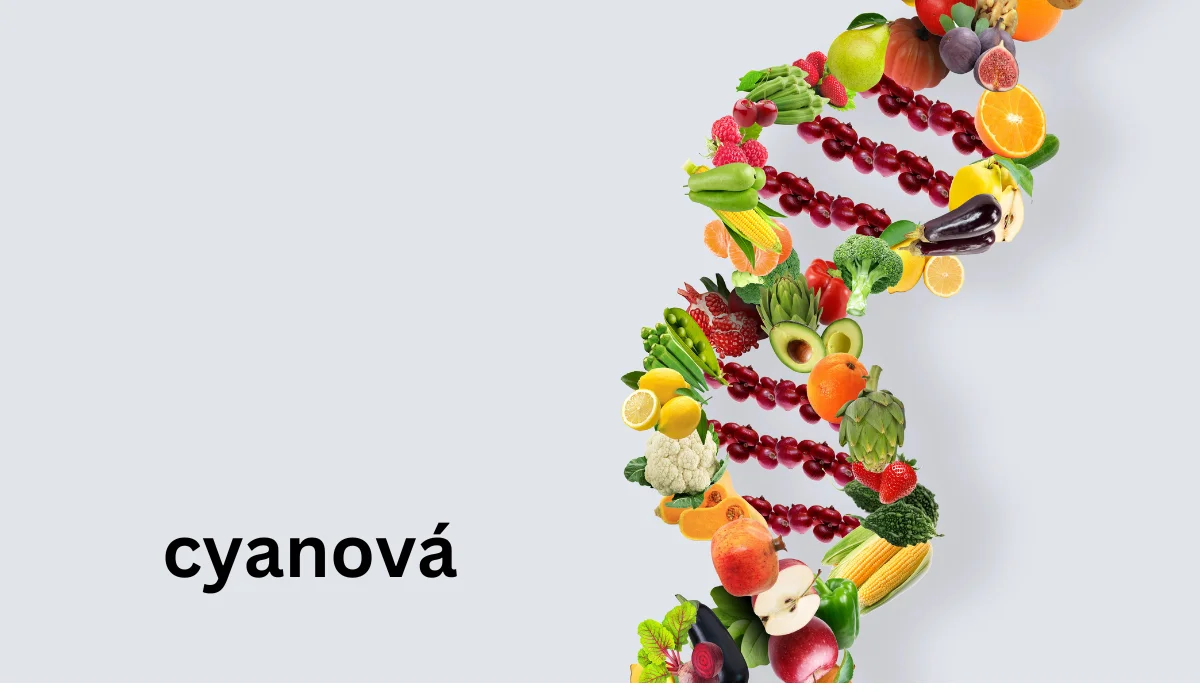The world of color is a vast and vibrant one, filled with endless possibilities for creative expression. Today, we’re setting our sights on a specific shade that occupies a unique space between blue and green: cyanová (cyan in English).
This article delves into the world of cyanová, exploring its essence, uses, and its significance in various fields. Whether you’re an artist, designer, or simply curious about color, this comprehensive guide will unveil the depths of cyan.
What is Cyan?
Cyan, often described as a light or turquoise blue, sits between blue and green on the visible spectrum of light. It’s evoked by light with a predominant wavelength ranging from 490 to 520 nanometers.
Here’s a table summarizing cyanová key characteristics:
| Property | Description |
|---|---|
| Color Perception | Light or turquoise blue |
| Visible Light Spectrum | 490-520 nanometers |
| Position on Color Wheel | Between blue and green |
drive_spreadsheetExport to Sheets
The word cyanová originates from the ancient Greek word “kyanos,” which means “dark blue” or “dark blue glaze.” Interestingly, the exact origin of the Greek term remains a mystery, possibly borrowed from a non-Indo-European language or linked to the Hittite word “kuwanna(n)-,” meaning “copper blue.”
The Science Behind Cyan
Light and its interaction with our eyes are the fundamental reasons why we perceive color. White light, for instance, is a combination of all colors in the visible spectrum. When white light interacts with an object, certain wavelengths are absorbed, while others are reflected. The reflected wavelengths are then interpreted by our eyes as specific colors.
In the case of cyan, objects appear cyanová because they absorb red and yellow wavelengths from white light, reflecting the blue and green wavelengths that our eyes perceive as cyan.
Cyan in Color Systems
Understanding color systems is crucial for artists, designers, and anyone working with color. Here’s how cyan plays a role in two prominent color models:
- Subtractive Color Mixing (CMYK): This system, primarily used in printing, employs four primary colors: Cyan (C), Magenta (M), Yellow (Y), and Black (K). By combining these inks in various proportions, a vast range of colors can be created. In CMYK, cyanová acts as a fundamental building block, contributing to the creation of blues, greens, and even some purples.
- Additive Color Mixing (RGB): This system, used in televisions and computer displays, utilizes Red (R), Green (G), and Blue (B) light to produce colors. While cyan itself isn’t a primary color in RGB, it can be achieved by combining equal parts of green and blue light.
Table: Comparison of CMYK and RGB Color Systems
| Feature | CMYK | RGB |
|---|---|---|
| Primary Colors | Cyan (C), Magenta (M), Yellow (Y), Black (K) | Red (R), Green (G), Blue (B) |
| Mixing Method | Subtractive (inks absorb light) | Additive (lights combine to create colors) |
| Applications | Printing, Inkjet cartridges | TVs, Computer displays |
drive_spreadsheetExport to Sheets
The Artistic Appeal of Cyan
Cyan holds a special place in the artist’s palette. Here’s why:
- Versatility: Cyan’s ability to blend seamlessly with blues and greens makes it a valuable tool for creating realistic landscapes, water scenes, and skies.
- Vibrancy: When used with contrasting warm colors, cyanová can add a pop of coolness and energy to an artwork.
- Peacefulness: cyanová often evokes a sense of calmness and tranquility, making it ideal for creating serene and soothing compositions.
Tips for Using Cyan in Your Artwork:
- Experiment with saturation: Explore different levels of saturation, from light and airy to deep and bold, to achieve various effects.
- Create cool contrasts: Pair cyanová with warm colors like oranges or yellows to create dynamic and eye-catching compositions.
- Glazing and layering: Utilize cyan in glazes and layers to add depth and dimension to your artwork.
Cyan Beyond the Artist’s Palette
The applications of cyan extend far beyond the realm of art. Here are some examples:
- Printing: As mentioned earlier, cyan ink is a crucial component in CMYK printing, used to create a wide range of printed materials.
- Fashion: Cyan is a popular color in fashion design, appearing in clothing, accessories, and textiles. Its cool and refreshing tone can be particularly appealing in summer collections.
- Interior Design: A touch of cyan can add a calming and modern touch to an interior space. It can be incorporated through paint, furniture, or decorative accents.
FAQs on Cyan
Here are some frequently asked questions about cyanová:
- Is cyan the same as teal?
cyanová and teal are closely related colors, but not identical. Cyan leans more towards blue, while teal has a greenish tinge.
- What colors complement cyan?
Orange, red, and yellow are excellent complementary colors for cyan, creating a vibrant contrast. Brown and beige can also create a harmonious pairing with cyan.
- How can I create cyan paint?
While cyanová is a primary color in CMYK printing, it’s not a primary color in traditional paint mixing. You can achieve a cyan-like shade by mixing blue and green paint in equal parts. Experiment with different ratios to achieve the desired shade.
- What does cyan symbolize?
Cyan is often associated with calmness, peace, and tranquility. It can also represent coolness, cleanliness, and technology.
Conclusion
cyanová, with its refreshing and calming presence, plays a significant role in various aspects of our visual world. From the artist’s palette to the world of printing and design, cyanová adds a touch of coolness and vibrancy. Whether you’re an artist, designer, or simply someone who appreciates color, understanding cyanová properties and applications opens up a world of creative possibilities. So, the next time you encounter this captivating shade, take a moment to appreciate its depth and versatility.



